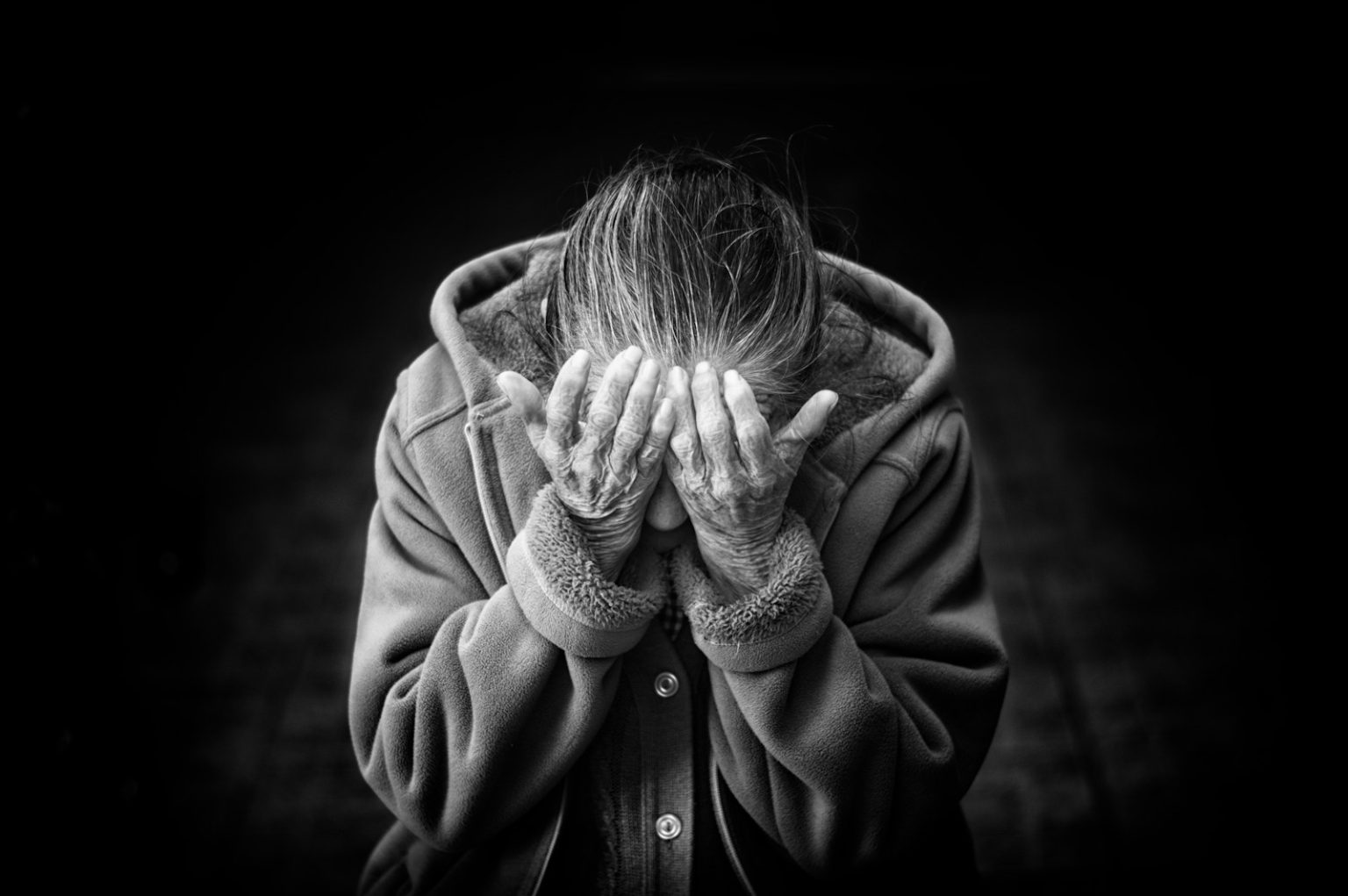The first time I laughed after my loved one died, I felt a stab of guilt so sharp it took my breath away. How could I experience joy when they were gone? That moment of happiness felt like a betrayal—as if by moving forward, I was somehow leaving them behind.
This is one of grief’s cruelest tricks: making us feel guilty for healing. When working with clients through their grief journeys, I’ve seen this pattern repeatedly. The moment they start to feel okay again—when they go hours or even a full day without crying—instead of relief, they’re overwhelmed with guilt.
This guilt isn’t just common—it’s almost universal among those grieving. And understanding what’s really happening can be the key to moving forward without the weight of shame.
The Misunderstood Nature of Grief
What many don’t realize is that when we feel guilty for experiencing joy after loss, it’s not actually about forgetting our loved ones. It’s about our ego using pain as a way to maintain the relationship. Our minds trick us into believing that if we stop hurting, we stop loving.
This misconception creates a painful cycle where healing feels like betrayal. We cling to our grief because it feels like the last connection we have. But grief was never meant to be a permanent state—it’s a process that changes as we heal.
When I guide people through grief, I help them understand that letting go of pain doesn’t mean letting go of the person. These are fundamentally different things that our wounded hearts often confuse.
Breaking Free From Grief Guilt
Moving forward after loss requires understanding several important truths:
- Your loved one would want you to find joy again
- Happiness honors their memory rather than diminishes it
- Continuing to live fully doesn’t mean forgetting
- Your relationship with them transforms rather than ends
- Pain is not the only way to maintain connection
The relationship doesn’t disappear when the pain subsides. Instead, it evolves into something different—something that can coexist with your joy and forward movement.
Letting go of the pain is not the same as letting go of the person.
This distinction is crucial. Your memories, the love you shared, the ways they shaped you—these remain intact regardless of whether you’re actively grieving. In fact, as the intense pain subsides, many find they can connect with the essence of their loved one more clearly.
Finding Your Way Back to Joy
I believe that healing from grief isn’t about “getting over” someone—it’s about learning to carry them differently. It’s about integrating the loss into your life story without letting it define every chapter going forward.
When you start to feel okay again, try to recognize this as a sign of your resilience rather than a failure of devotion. You’re not betraying anyone by healing; you’re honoring the life force within you that continues.
Remember that you are allowed to feel joy again. You have permission to laugh, to make new memories, to look forward to things. This doesn’t erase or diminish your love—it demonstrates the depth of your capacity to love through and beyond loss.
The path forward isn’t about leaving your loved one behind. It’s about finding a new way to bring them with you—one that isn’t defined by pain but by love, memory, and the ways they continue to influence who you are.
You are remembering who you are without the heaviness. And that person—the one who can feel joy again—is exactly who your loved one knew and cherished.
Frequently Asked Questions
Q: How long should the grieving process last?
There’s no standard timeline for grief. Each person’s journey is unique, and healing happens at different rates. What matters isn’t how quickly you move through grief, but that you allow yourself to process emotions authentically without judgment.
Q: Does feeling happy mean I’m forgetting my loved one?
Absolutely not. Experiencing joy doesn’t mean you’re forgetting someone or loving them less. It means you’re honoring the full spectrum of life—something your loved one would likely want for you. Your connection to them exists independently of your emotional state.
Q: How can I handle the guilt that comes with moving forward?
Acknowledge the guilt without judgment, recognizing it as a common part of grief. Remind yourself that moving forward honors your loved one. Consider creating new rituals that maintain your connection while allowing space for joy—perhaps dedicating certain activities to their memory or sharing stories about them with others.
Q: What’s the difference between letting go of pain and letting go of the person?
Letting go of pain means releasing the acute suffering that comes with fresh grief, while your connection to the person remains. The relationship transforms rather than disappears. Many find that as raw grief subsides, they can access more meaningful memories and feel their loved one’s presence in new ways.
Q: How can I help someone who feels guilty about healing after loss?
Listen without trying to fix their feelings. Validate that guilt is normal in grief. Gently remind them that their loved one would want them to find happiness again. Sometimes sharing your own similar experiences can help them feel less alone. Above all, be patient—healing isn’t linear, and backsliding is part of the process.







